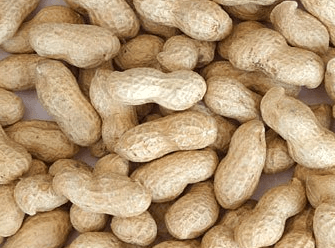15 October 2017. To increase groundnut production and reduce aflatoxin contamination among smallholder farmers, Peanut and Mycotoxin Innovation laboratory – USAID, funded a project dubbed “Using Applied Research and Technology Transfer to Minimize Aflatoxin Contamination and Increase Production, Quality and Marketing of Peanut in Ghana”.
A field day to the CSIR-SARI experimental farm near Tanina was an opportunity to enable groups of farmers to meet together to get firsthand information on trials that were been carried out by the project. Best management practices such as use of improved varieties (naktiesari and yenywaso), timely weeding, application of recommended phosphorus fertilizer rates, control leaf spot diseases, and timely harvesting were key to improving groundnut yields. Dr George Yakubu Mahama, an Agronomist at the Wa office of the Center for Scientific and Industrial Research of the Savvana Agricultural Research Institute (CSIR-SARI)The project started in October 2013 and ended in September 2017.
- The goal was to identify current practices involved in production, storage and processing of peanut that contributed to aflatoxin contamination and develop, implement and evaluate strategies to reduce aflatoxin contamination.
- The objectives of the project were to determine steps in the supply chain that was most vulnerable to development of aflatoxin and practices that influenced aflatoxin contamination in peanut, to carry out detailed comparisons of pest management, production, and field drying practices on aflatoxin contamination in peanut and to evaluate peanut germplasm for resistance to aflatoxin and other biotic stress factors such as leaf spot diseases.


No comments:
Post a Comment